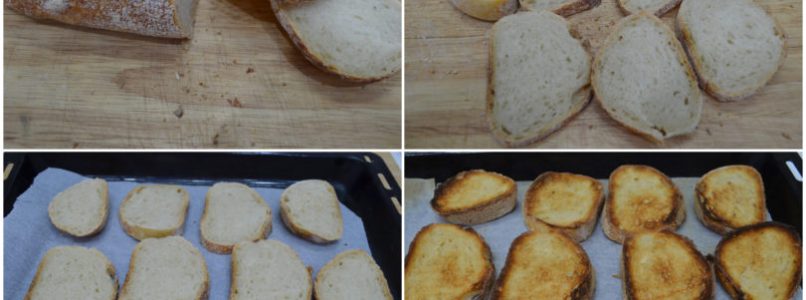You are also among those who would like to be able to prepare everything at home, from bread to pizza dough to fresh cheese? Yes, because even cheese can be made hand made, with a few tricks and very high quality ingredients, needless to say! And then we will reveal all the tricks for having a fresh cheese, with an intense taste and 100% artisanal!
Few ingredients, very high quality
All the preparations that require very few ingredients are based on the very high quality of each food and so it is also for the homemade cheese recipe. Get yourself then whole fresh milk, preferably from a mountain plant, and whole yogurt, with no added sugar. Choose one with a more compact consistency, with more concentrated lactic ferments. If you want to enrich your cheese with special aromas, even in this case you prefer selected ingredients, better if they come from organic farming.
The rennet
A fundamental element for the formation of cheese is the rennet, a product that derives from the maceration of a part of the stomach of veal, lamb or kid in a liquid. This element must be added to the milk because it coagulates, and must be inserted at a milk temperature between 36 ° and 39 °. There is also an alternative to animal rennet, for those who follow a vegetarian diet.
The breaking of the curd, a fundamental step
Once you have placed the rennet in the milk and let it rest, the milk and yogurt mixture will thicken, thanks to the coagulation processes triggered by the rennet itself. At this point it is fundamental "break" the curd, with your hands or helping yourself with a knife, to separate the serum, dividing the solid part from the liquid part.
The recipe for homemade cheese (for two punches)
Ingredients
4 l 1/2 of whole fresh milk, 3 g 1/2 of liquid rennet, 65 g of whole white yogurt, 70 g of salt
Method
Put the milk in a saucepan and heat it until it reaches 42 ° (measured with a thermometer). Once you get to this temperature turn off and add the yogurt. Mix well, add the salt and let it cool down to 38 °. At this point put the rennet, stir, cover and let stand for 1 hour, without touching it anymore. After this time the cheese should have reached a certain compactness. With a long-bladed knife make horizontal and vertical cuts to form small squares. Let it rest for another 40 minutes and then, using your hands, transfer the cheese squares to the appropriate dies, pressing well to remove the serum. After about 15 minutes turn the cheese upside down in the palm of your hand and put it back in the dies. Repeat the operation after 15 minutes. At this point, place the punch in the fridge covered with a sheet of foil and let it rest for two hours. You can serve your fresh cheese with jams (also homemade!).
In the tutorial, some tips and more ideas for preparing cheese





